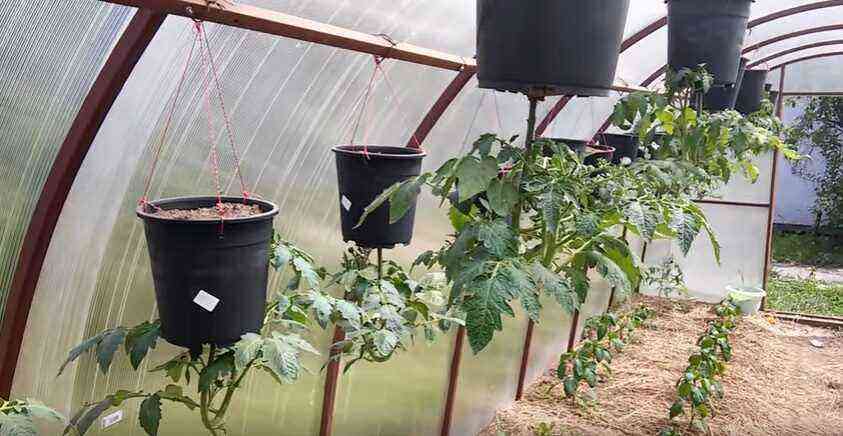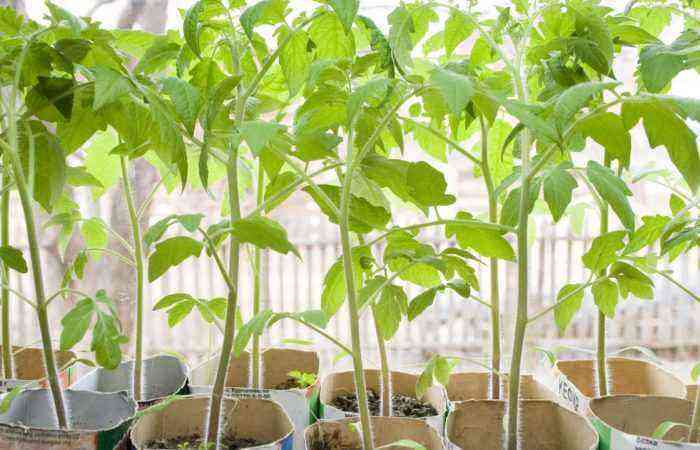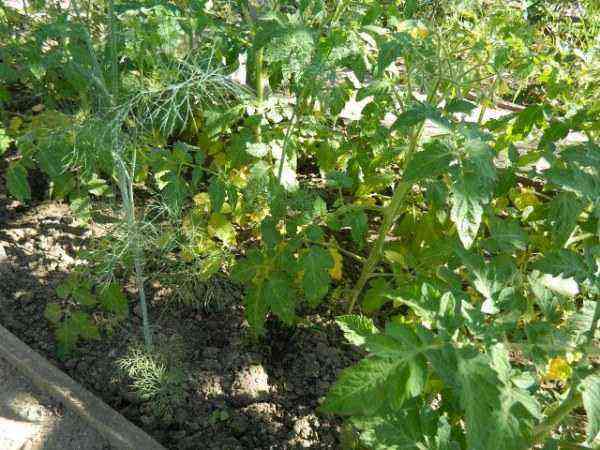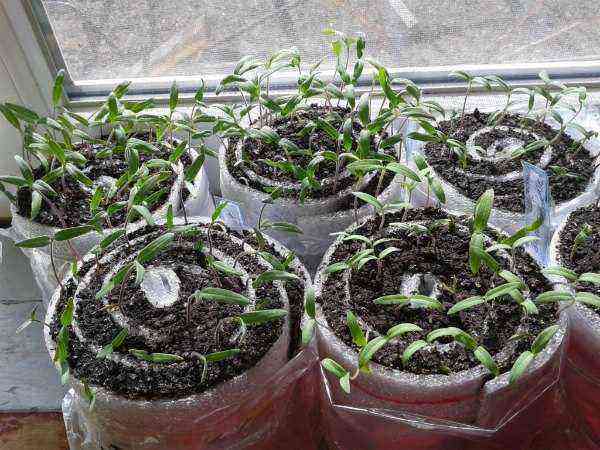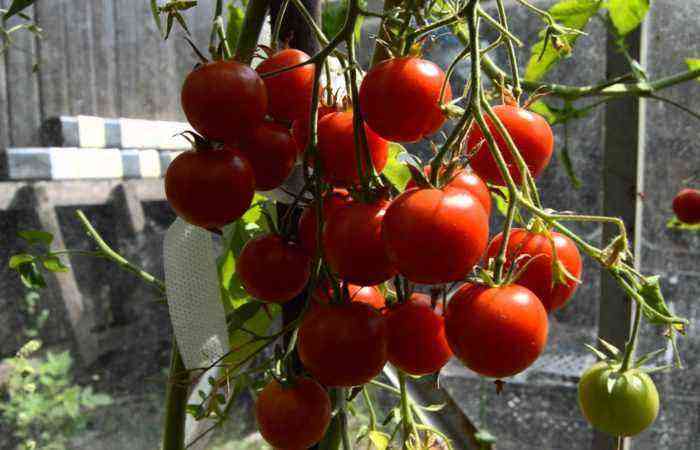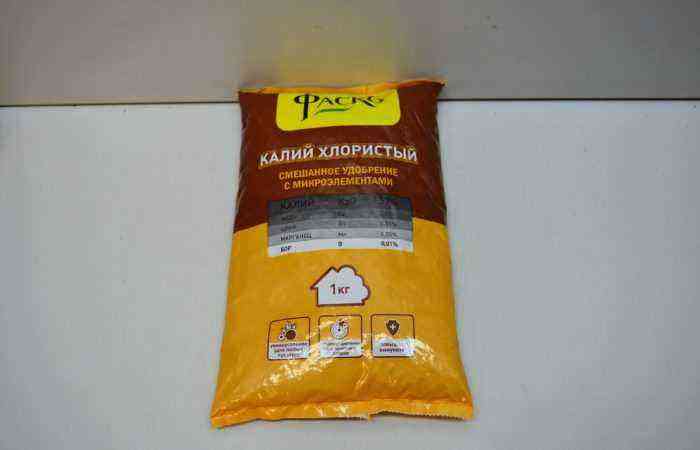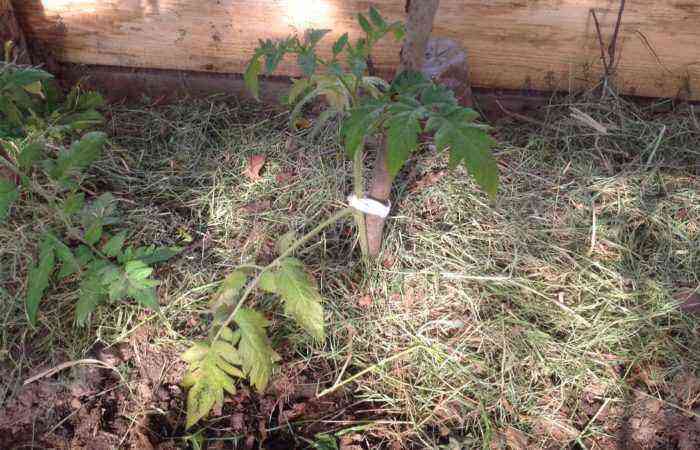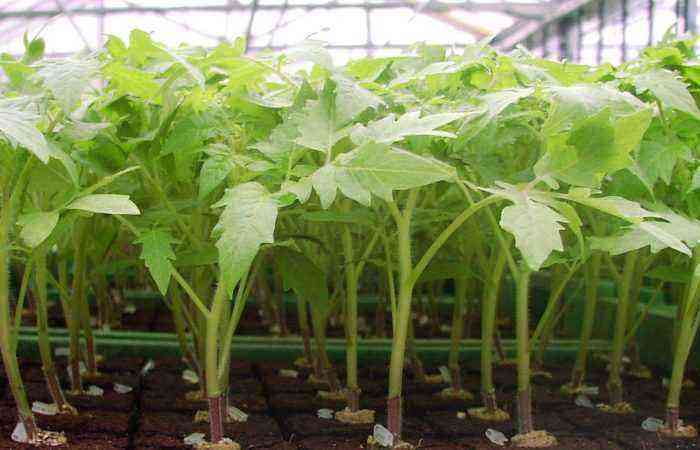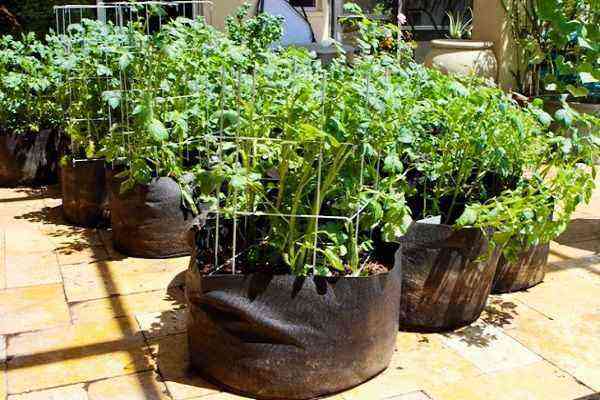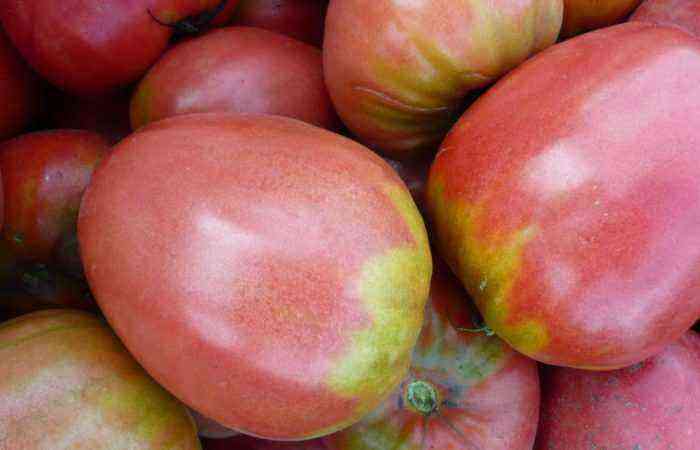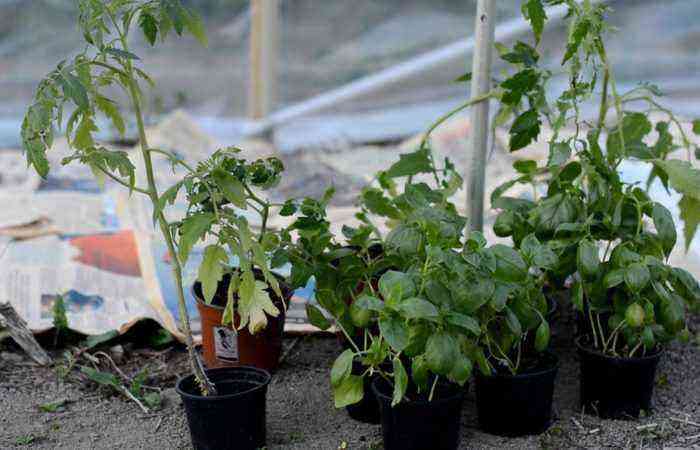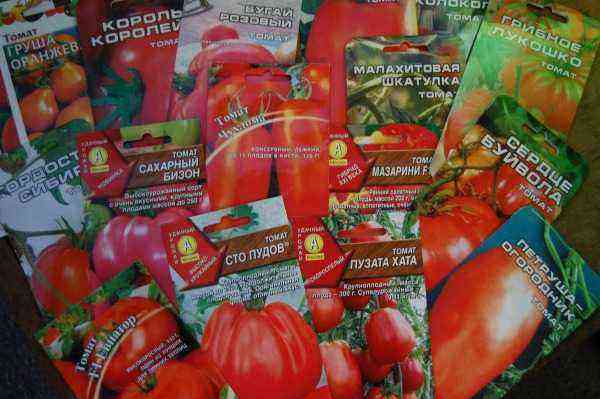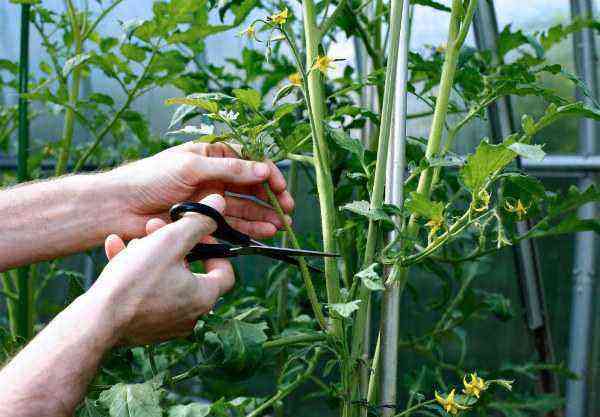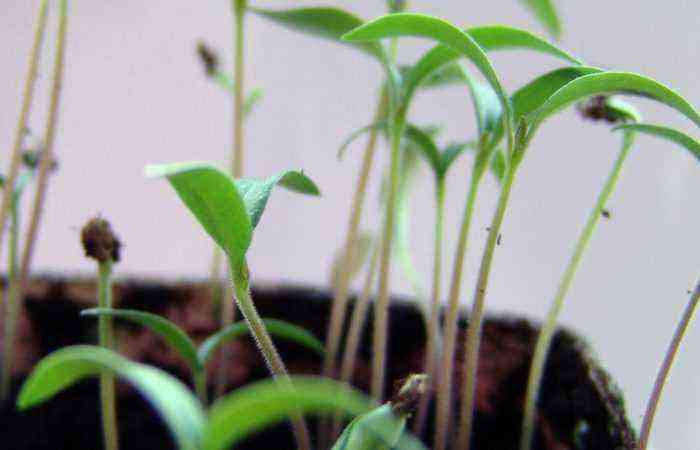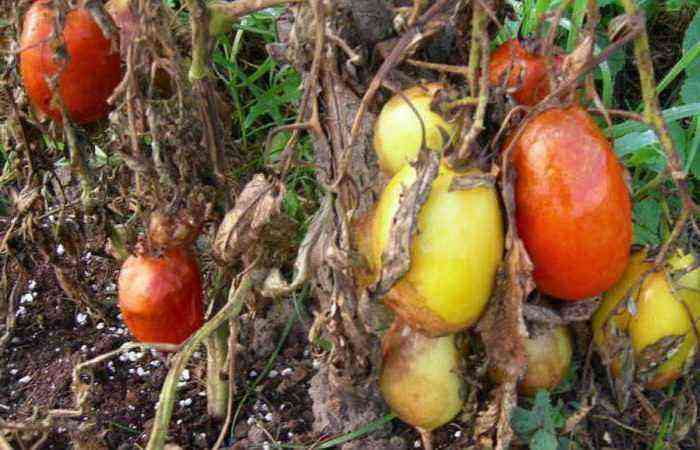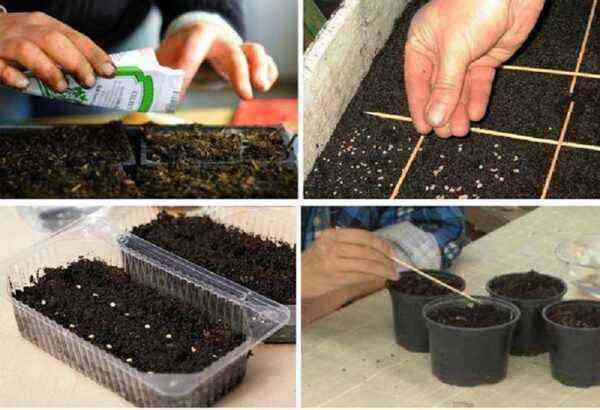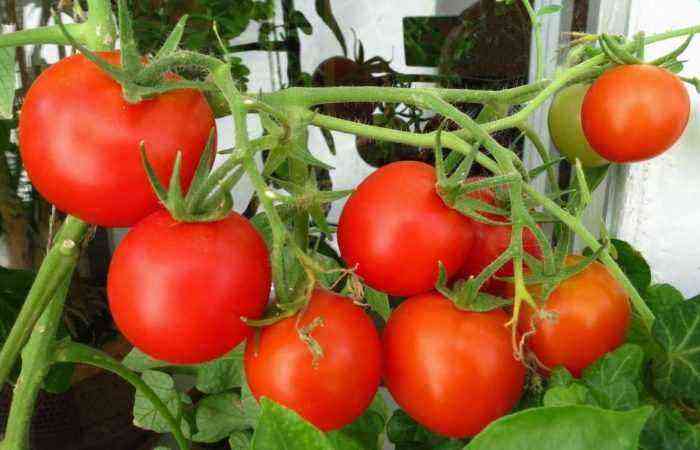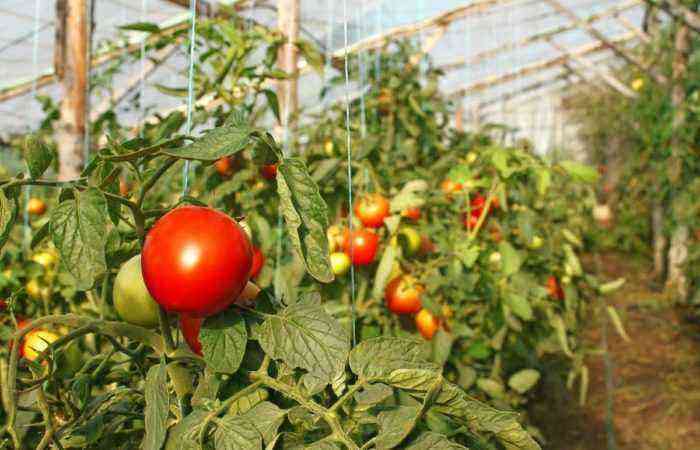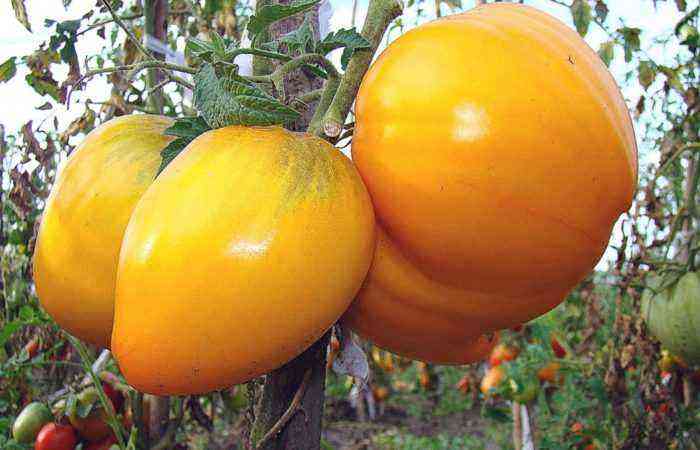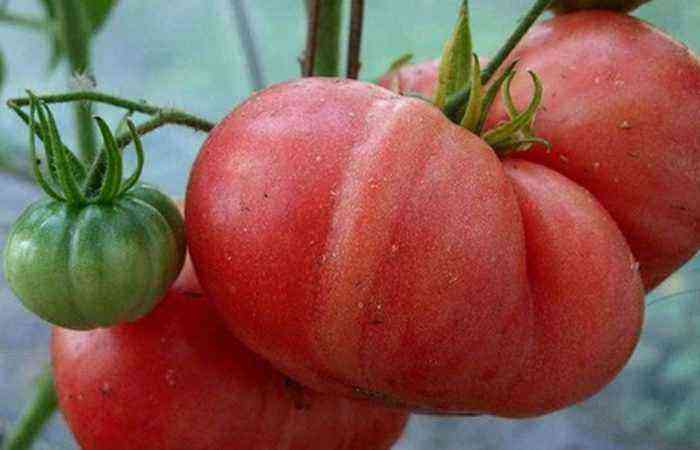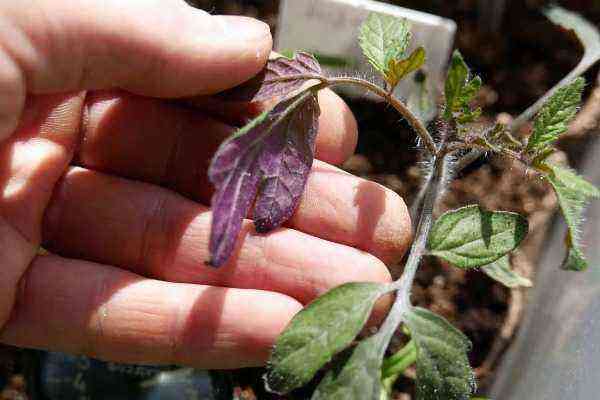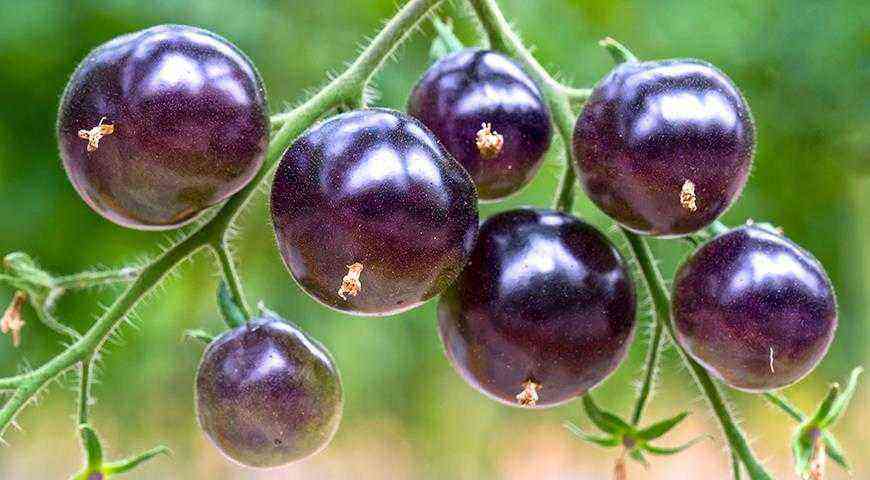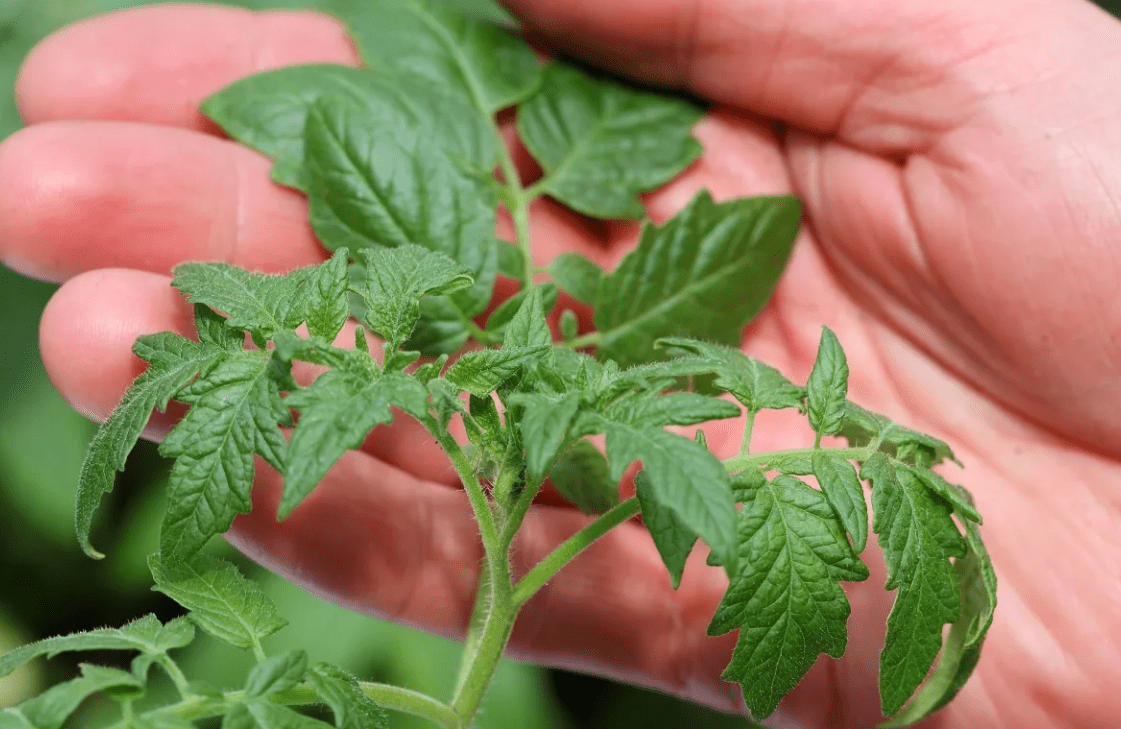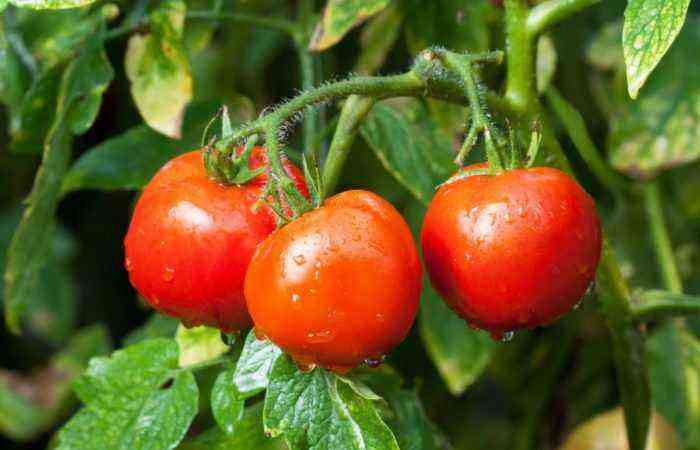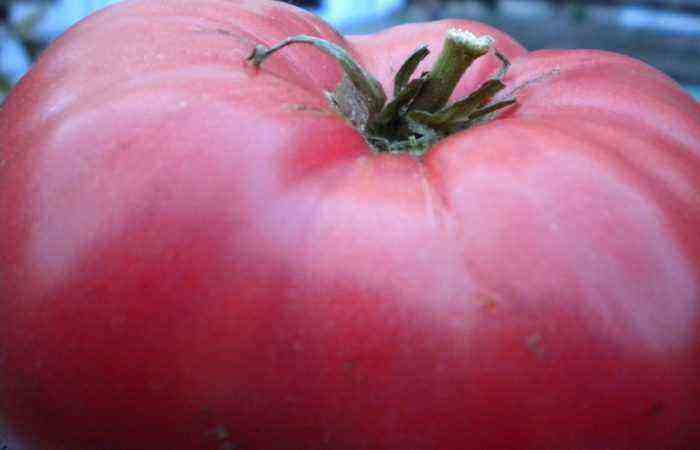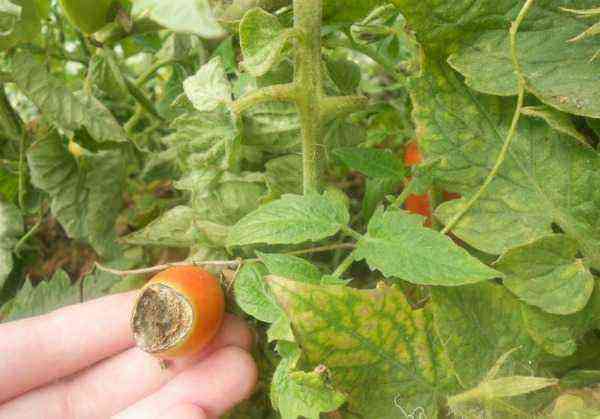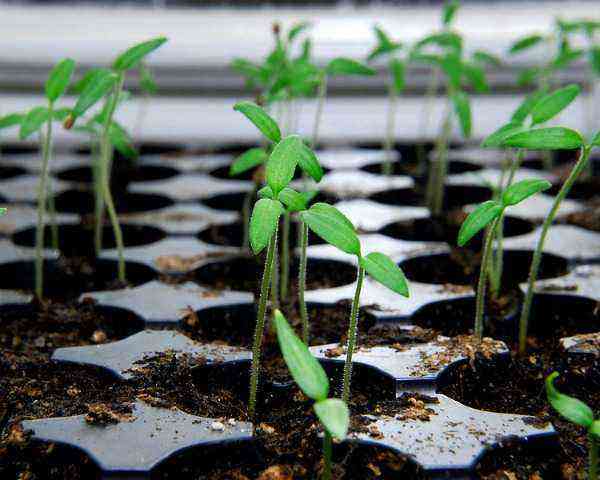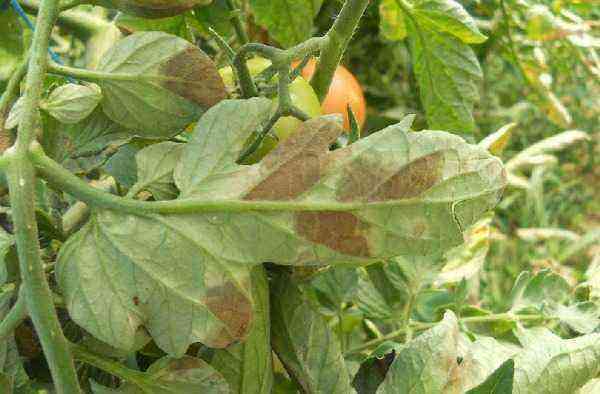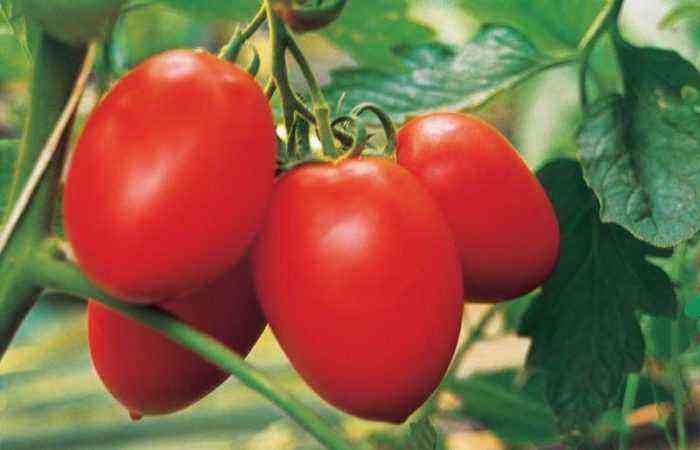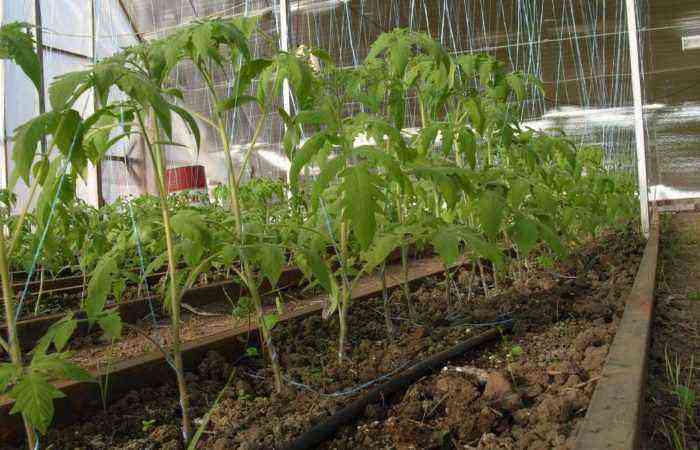At the end of summer, the sun does not shine so brightly, and because of this, vegetable crops begin to suffer. From a lack of ultraviolet light, plants begin to suffer from fungal diseases: late blight and brown spotting. Low light and high humidity are a favorable environment for pathogens.
On this basis, not every summer resident decides to grow this crop, because, at first glance, it may seem that chemical fertilizers are indispensable. In fact, not everything is so scary. It is quite easy to overcome fungal diseases in tomatoes if you provide them with proper watering and spraying.
Over time, experienced gardeners have learned to deal with fungal infections without the help of drugs that can harm a person, while using inexpensive and available tools and products.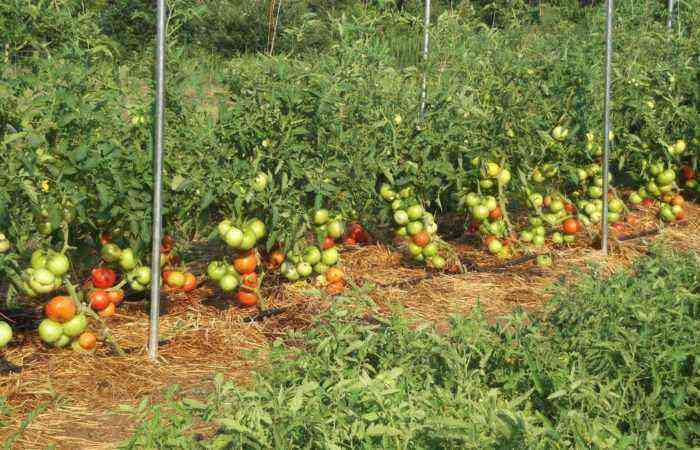
Benefits of dairy supplements
Milk and similar products contain a sufficient amount of nutrients and trace elements. Using them in the care of vegetable crops, you can get rid of many diseases, as well as insect pests. The trace elements contained in the composition contribute to the rapid ripening of the crop.
In addition to ordinary milk, its derivatives are sometimes used: whey and kefir.
These products bring considerable benefits to the development of plants, but only when used correctly. The acids contained in the composition can adversely affect the vegetable crop in case of high concentration. Therefore, milk mixtures are used only in diluted form.
Advantages of dairy fertilizers
It is worth noting that, when used correctly, the dairy product does not have a negative effect on the vegetable crop, is an absolutely safe remedy, and benefits:
- contributes to the good and rapid assimilation of useful elements found in the soil;
- improves metabolic processes;
- saturates the fruits with a large number of vitamins and microelements: potassium, phosphorus, manganese, nitrogen, sulfur, copper, calcium, iron;
- provides reliable protection against late blight and fungal diseases;
- creates a barrier to insects, most pests that love to eat vegetables do not digest lactose, so spraying with dairy products will create a good protection for the plant.
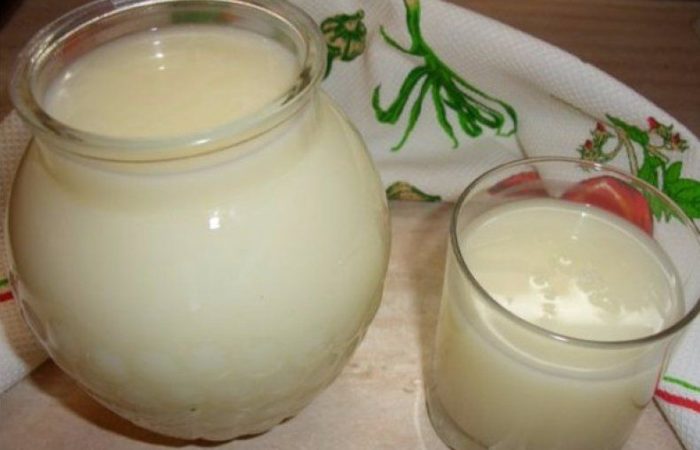
Cons of feeding
The only thing to consider before starting to fertilize with dairy products is the low-fat composition of milk. Using a fatty product, you can harm the vegetable crop.
Of the significant disadvantages: the use of such fertilizers, unfortunately, gives a short-term effect.
It is necessary to carry out watering with the use of milk or its derivatives regularly, observing all the rules of feeding. To do this, you need to feed the culture with milk at least once every 2 weeks.
Prevention
In order to avoid infection of the plant with a fungal disease, it is necessary to know how to do prevention (timely treatment, prevention of the appearance of diseases undesirable for the plant).
How to prevent fungus:
- Before planting in acidified soil, it is worth adding a little peat, and sand in the place where the seedlings will be planted.
- Tomatoes should be planted away from nightshade vegetable crops.
- Do not plant tomatoes in places where onions, garlic and legumes grew.
- Plant tomatoes at a good interval to ensure ventilation.
- Watering should be done in the morning or evening, when there is no scorching sun.
- Before planting seedlings in the ground, seedlings should be placed for 1 hour in a solution of milk with the addition of a couple of drops of iodine.
- Regularly do airing if the tomato grows in a greenhouse and greenhouse.
- carry out milk feeding in a timely manner, as well as apply fertilizers, which contain potassium and phosphorus.
- Harvest tomato fruits not when they are fully ripe, but at the stage of pink ripeness.
By following the important rules for planting a tomato and caring for it, you can prevent the appearance of fungal diseases and late blight. An important point is the regular feeding of tomatoes with the composition of milk and iodine, approximately 1 time in 10-14 days.
Preparing milk feed for tomatoes
Before you prepare a milk fertilizer, you must choose the right product. Not many gardeners know which milk to prefer, and this is very important, because an incorrectly selected product, at least, may not benefit the plant, and at the maximum, it can also harm.
Which milk to choose
The best option for fertilizing vegetable crops is raw milk that has not been heat treated. You can use pasteurized, but such a product will contain much less useful substances and vitamins. Do not forget about the fat content of the product – milk should have as low a percentage of fat content as possible, and even a non-fat composition is better.
How to Plant
As mentioned, pure milk and its derivatives are not recommended. A high concentration of fatty acids is not always beneficial for a plant, therefore, in order not to cause harm, it is better to take all products only in a diluted form, namely:
- milk should be diluted in proportions: approximately 1 liter per 4-5 liters of water;
- kefir requires more water – 1-6 liters of water goes to 7 liter of acidic product;
- whey has a rather acidic composition, so 1 liter of whey liquid should be diluted in 10-12 liters of water.
Dairy products have the necessary composition to saturate plants with useful elements, therefore, using any of them, you can protect the culture from late blight and fungal diseases. It is worth considering proven tools that will help with this.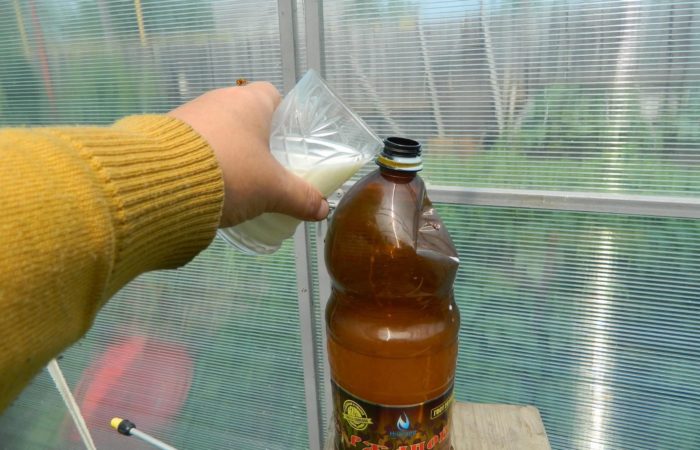
Feeding tomatoes with milk
In dachas, caring for tomatoes, experienced gardeners use dairy fertilizers with the addition of a few drops of iodine. For this feeding method, it is necessary to dilute 1 liter of milk with 5 liters of warm water and add 10-15 drops of iodine.
This recipe is suitable for spraying tomato tops from a spray bottle. Irrigation should not be made too abundant, it is enough to produce it around the perimeter of the plant.
From sour milk
Thanks to this recipe, you can get rid of fungal diseases that prevent the proper growth and development of the plant. It is necessary to mix 2 liters of sour milk in 10 liters of water. Once every 7-10 days, spray with this solution to get rid of fungal diseases and late blight.
With kefir
To prevent the appearance of late blight, it is worth using fresh kefir. It is necessary to breed 1 liter of kefir for 6-7 liters of water. You can spray the crop with a ready-made solution two weeks after planting in the ground. Further top dressing should be carried out every 10 days.
Whey Fertilizer
In addition to spraying, it is very useful for the proper development of a vegetable crop to irrigate with the addition of acidic products. This recipe should be used once every 7-10 days. You will need to dilute 1 liter of serum in 10 liters of warm water and add 10 drops of iodine there.
For watering one bush, 1 liter of ready-made liquid is enough. After treatment with the mixture, the tomato should be poured with clean water. Also, this recipe can be used for spraying from a spray bottle.
Such mixtures are used by many experienced summer residents, but in addition to them, there are more complex combinations of products that not only help prevent diseases, but also provide a good and tasty harvest.
Top dressing recipes for a tasty and rich harvest
Few people know that improper care of a tomato in the future can give a tasteless fruit crop. Sometimes the incorrect use of dressings or the complete neglect of any method of fertilization results in an unsweetened, tasteless tomato. As a result, vegetables are suitable only for conservation, but not for eating. In order to get good and sweet fruits, several types of dressings should be used, which, in addition to dairy products, contain other components.
Fertilizer based on milk and ash
Ash is a product of the combustion of a tree or plants, it is a good source of calcium for vegetable crops, therefore it is often used in horticulture.
Solutions from these components saturate tomatoes with vitamins and prevent the appearance of many diseases. This top dressing can be carried out throughout the entire growth and development of the plant, then the tomatoes will be juicy and sweet.
To do this, mix 4 liters of water with 1 liter of low-fat milk, add half a glass of ash and 10-15 drops of iodine to the resulting mixture.
This tool is absolutely safe for vegetables. If the tomato develops poorly, spraying with such a solution should be carried out every day until the vegetable recovers. For prevention purposes, it will be enough to irrigate the entire tops of the tomato once a week (to avoid fungal infection). In order for the composition to stay on the bushes as best as possible, a little grated laundry soap (20-30 g) should be added to it.
Milk and iodine
If the plant is affected by late blight, you can use a therapeutic, more concentrated top dressing. To do this, you need to take 1 liter of milk and add 15-20 drops of iodine there. This mixture should treat only the affected areas of the plant, but not all the tops.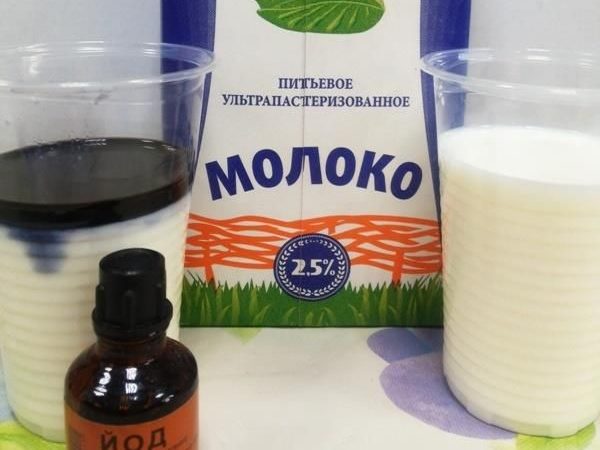
Serum with iodine
Whey is a useful product for the proper development of vegetable crops. It does not contain fat, but has a good supply of useful amino acids.
This recipe can be used for watering once every 7-10 days. It is necessary to take 12 liters of water, add 1 liter of serum and 7-10 drops of iodine. In the case of late blight disease, this remedy can be used for spraying.
How and when to use dairy supplements
In caring for tomatoes, it is very important to alternate fertilizing methods – to carry out root and foliar feeding.
When is the best time to apply:
- during the period of active development of the plant – after planting in a permanent place, it is recommended to apply alternating fertilizer of roots and tops;
- in the process of growth – before the root system gets stronger, use foliar top dressing, then it is recommended to switch to root fertilizers.
In order to protect a vegetable crop from pests and increase its growth, it is necessary to regularly and timely irrigate with milk mixtures, namely:
- the first time to feed should be 10 days after planting the seedlings;
- the second time flowering appears on the tomatoes;
- the third feeding is done during the appearance of the first fruits;
- the fourth dressing is recommended to increase the yield, also during the fruiting of the crop.

How to feed tomatoes in a greenhouse
Caring for tomatoes in a greenhouse is a little different from caring for tomatoes in the garden. The greenhouse has its own correct microclimate, which must be maintained. It is very important not to break it, and this can easily be done by overdoing it with fertilizers.
Of course, to a greater extent this applies to sour dairy products. With excessive contact with the soil of acidic compounds, the proper development of the plant may be disrupted, which contributes to its withering.
How to prevent the plant from wilting after top dressing:
- moisten the soil only when it is dry;
- during watering, be careful not to let water get on the tomato leaves.
Important! Watering vegetables is recommended in the morning. After fertilizing with acidic compounds, ventilate the greenhouse.
When and how to process tomatoes
After milk fertilizing, a film is formed on the leaves of the vegetable crop, which is a reliable protection against insects and pathogenic bacteria. Do not forget that the protection is active for no more than 10 days. To maintain the desired effect, it is recommended to perform the procedure once a week.
During the period of active growth of tomatoes, experienced gardeners use a foliar processing method. During the growing season, it is recommended to alternate root processing with foliar processing. After the roots of the vegetable crop become strong, it is more useful to use root fertilizer, and spraying is done only in case of illness and insect damage.
What time?
It is better to carry out the feeding procedure in the morning or evening. During the period of strong scorching sun, processing and watering is not worth it.
Important! To fertilize tomatoes, it is necessary to adhere to the correct presence of components in the solution so as not to harm the vegetable.
Is it possible to store a ready-made fertilizer solution
Solutions with dairy products are recommended to be used immediately, because over time the composition changes concentration and requires a different amount of ingredients. Therefore, it is not recommended to store ready-made dressings, especially if they are used 1 time in 7-10 days, it is better to prepare fresh ones.
In the video, the gardener shows how she prepares milk feed with iodine, shares her advice on when it is better to water her tomatoes.
How to deal with diseases
Dairy fertilizers play a significant role in the fight against late blight, brown spot and other fungal diseases. In the event of one of them, most options use more concentrated formulations that are applied to the affected areas of the plant.
Against phytophthora
In the fight against this fungus, both whey and regular milk are used. It is recommended to dilute the serum in equal proportions with water and carry out daily spraying from the beginning of June.
The well-known method of milk with iodine also gives a positive result in the fight against late blight. Such spraying should be done 1 time in 2 weeks.
Get rid of brown spots
Kefir works well with this type of mushroom, which should be mixed in a bucket of water. You can take 1 liter of well-fermented kefir, spraying with this composition can be done already 2 weeks after planting the tomato in the ground.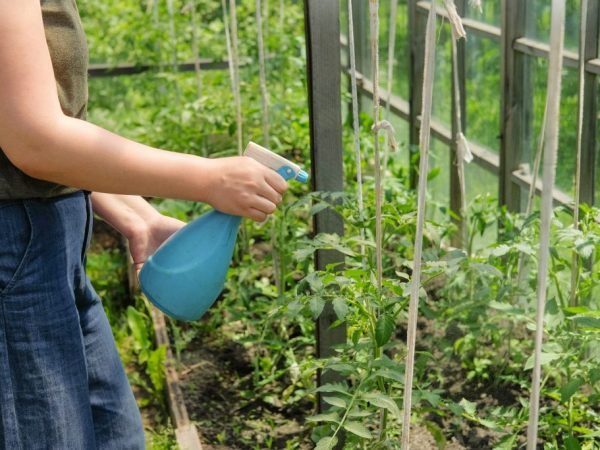
Trying to get rid of the fungus
Whey or sour kefir will help get rid of other types of fungi. These products contain elements that inhibit the reproduction of pathogenic bacteria, but they do not touch the useful ones, unlike chemical compounds.
To combat diseases in a vegetable crop, you can use one of the above recipes.
The plant itself will be better if preventive treatment is carried out 2 weeks after planting, and then every 7-10 days. Thus, for a tomato, the likelihood of getting sick with fungal diseases will be significantly reduced.
How to deal with harmful insects
Milk and whey give a good effect in the fight against pests. Few people know that milk contains milk sugar, which is not digested by bugs, so regular milk processing should be done.
Serum with iodine also gives a good result in pest control. Thanks to the combination of two simple components, insects will bypass the treated plant.
It is worth paying attention to the fact that fertilizers based on dairy products protect the tomato after processing for a period of 10-14 days. Thus, the plant is covered with a film that protects against any negative influences. Therefore, it is recommended to carry out regular treatments to maintain a positive effect.
Milk and its derivatives play an important role in the development of vegetable crops. The products contain many useful elements necessary for the proper growth of the plant. Treatments based on such formulations should be carried out regularly, and then reliable protection for the tomato will be provided.

